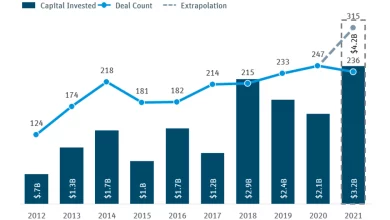Risk Management in Nifty Option Chain Trading: A Complete Guide

Nifty Option Chain trading offers immense profit potential, but it also comes with inherent risks. To navigate these risks successfully, traders must implement effective risk management strategies. This comprehensive guide will provide insights into risk management techniques specific to Nifty Option Chain trading, enabling traders to protect their capital and enhance their chances of long-term profitability. Check on how to make demat account.
Understand Your Risk Tolerance: Before entering the Nifty Option Chain market, it is crucial to assess your risk tolerance. Determine how much capital you are willing to risk on each trade and set realistic profit expectations. By understanding your risk appetite, you can develop a risk management plan tailored to your specific needs and financial goals.
Diversify Your Portfolio: Diversification is a fundamental principle of risk management. It involves spreading your investments across different options contracts, strike prices, and expiration dates. By diversifying your portfolio, you can reduce the impact of a single trade or market event on your overall capital. This strategy helps mitigate the risk of substantial losses and allows you to take advantage of various trading opportunities. Check on how to make demat account.
Set Stop-Loss Orders: Stop-loss orders are essential risk management tools that help limit potential losses. By setting a predetermined price at which you will exit a trade, you can protect your capital from significant downside moves. It is crucial to place stop-loss orders at appropriate levels, considering factors such as support and resistance levels, volatility, and market conditions. Regularly review and adjust your stop-loss orders as the market evolves. Check on how to make demat account.
Hedge Your Positions: Hedging is another risk management technique widely used in Nifty Option Chain trading. It involves taking positions that offset potential losses in other trades. For example, if you hold a long call option, you can hedge your position by purchasing a put option at a nearby strike price. This way, if the market moves against your call option, the put option will protect your capital by gaining in value.
Avoid Overleveraging: Overleveraging is a common mistake that can lead to significant losses. It occurs when traders allocate a large portion of their capital to a single trade or take positions that exceed their risk tolerance. To mitigate this risk, it is crucial to use appropriate position sizing and leverage. Only allocate a portion of your capital to each trade, ensuring that you have sufficient funds to withstand potential losses and participate in other trading opportunities. Check on how to make demat account?
Continuously Educate Yourself: Risk management in Nifty Option Chain trading is an ongoing process that requires continuous education and learning. Stay updated with industry trends, trading strategies, and risk management techniques. Attend webinars, read books, and follow reputable sources of information to enhance your knowledge and skills. The more you educate yourself, the better equipped you will be to manage risks effectively. Check on how to make demat account?
Thus, risk management plays a critical role in Nifty Option Chain trading. By understanding your risk tolerance, diversifying your portfolio, setting stop-loss orders, hedging your positions, avoiding overleveraging, monitoring market news, and continuously educating yourself, you can mitigate potential losses and protect your capital.





